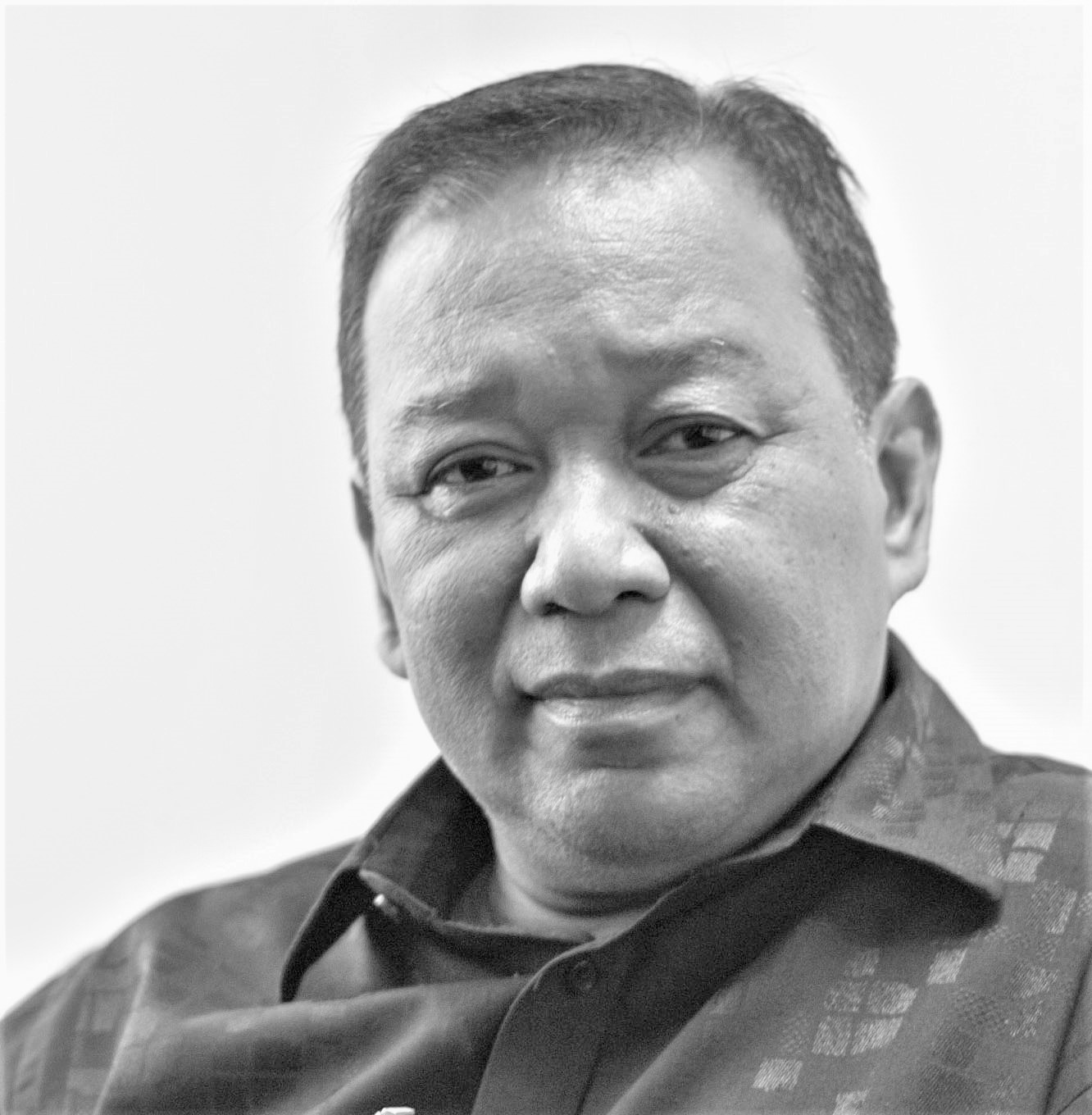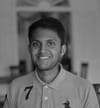- Home
- September 2023
- Foo Hong Tatt's Poetry in Paint

Previous Post
Zulfigar Yasin: A Creator of Marine Parks Who Can't Help Being A Mentor
13 min read
Ooi Kee Beng: Prof. Zul, I wish to talk with you about how and when people excel in life. Your own has been a very interesting one, and you continue working on...
Next Post
Understanding Innovation and How It Drives Excellence
7 min read
BACK IN THE 1970S, if I wanted to communicate with my pen pal in Manchester a monthly labour of love I proceeded to the Gelugor Post Office with a letter in han...
You might also like
Coaching Makes Effective Leaders
3 min read
IN THE CORPORATE world, the traditional authoritarian leadership model has given way to more collaborative and people-centric approaches, and requires that lead...
How Not To Get Lost On A Hike and What To Do If You Do
6 min read
“AREN’T YOU SCARED of getting lost in the jungle?” I have lost count of how many times I’ve been asked this question, and I am sure many other hikers would have...
Shaping the Future of Learning with Technology
4 min read
AROUND THE WORLD, technology is rewriting the rules of teaching and learning, reshaping classrooms and redefining the studentteacher dynamic. Malaysia stands as...





